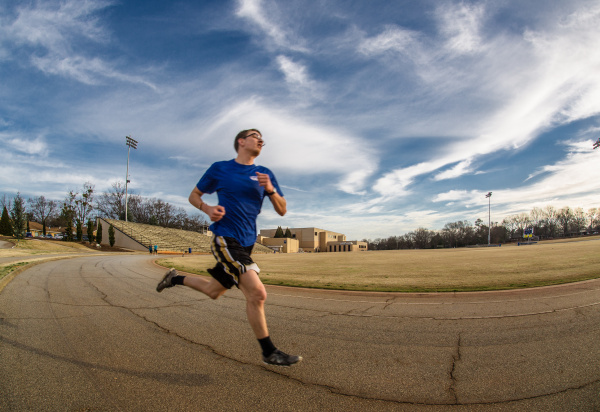The theoretical model for combatting emerging contagious diseases such as the COVID-19 pandemic is referred to as a Compartmental Model, developed by Kermack and McKendrick (1927). It’s also called the SIR Model. The approach identifies three groups of individuals: the “S” or the Susceptible, the “I” or the Infectious/Infected, and the “R” or those who have Recovered.
The disease can be controlled if one can successfully (i) pro-actively identify and (ii) isolate the infected “I” individuals from the “S” susceptible individuals. Based on this model, three strategic options can be used:
- Testing as a tool for identifying “I” individuals
- Physical distancing (rather than social distancing) for isolating and physically separating “I” and “S” individuals
- Contact tracing as an additional safety mechanism to make sure all “I” individuals have been correctly identified and isolated.
A robust mitigation plan for COVID-19 would, therefore, combine all three strategies at their fullest potential.
In responding to this crisis, different countries have used varying degrees of these options. The US COVID-19 Mitigation Strategy, for example, reserves testing only for those with specific symptoms and/or exposures. It’s therefore not proactive in nature but rather reactive. This approach is expected to (and should) change very rapidly as faster and more accurate tests are being approved by the FDA, especially in states where the disease is still at the phase of linear growth.
Contact Tracing
Contact tracing is based on extensive interviewing of suspected or confirmed cases with the aim to identify persons who may have been exposed to them. In general, this includes the household, co-travelers or individuals who interacted with the cases (suspected or confirmed) at a distance less than six feet for at least 15–30 minutes.
Physical Distancing
What has been wrongfully termed social distancing, in fact, refers to physical distancing or barrier measures. These barriers to transmission should include multiple physical measures aimed at reducing exposure. These include isolation (voluntary separation), quarantine (enforced separation), restrictions on gathering of groups of people, and appropriate use of facial non-surgical masks.
The US strategy currently heavily relies on voluntary physical distancing. However, studies suggest that this measure is efficient only if implemented early in the spread of the virus and universally to all the population.
Differences in Eastern and Western Approaches
Eastern Hemisphere
There’s a clear East/West divide in the approaches to COVID-19 mitigation. The Chinese strategy was strongly based on proactive case identification and isolation or even quarantine if and where needed. Between 3–10% of cases were identified through contact tracing.
In Singapore, testing was systematically used for individuals with any respiratory symptoms and for all persons in contact with a case within the previous 14 days. It’s estimated that 50% of cases were identified through contact tracing, 20% through case identification,16% through enhanced surveillance and 11% through clinical provider discretion. Local identification of new cases dropped after one month.
Similar approaches are reported for South Korea and Taiwan.
Western Hemisphere
In the Western world, Germany has used a combination similar to the ones seen in Eastern countries and shows a significantly lower mortality rate (1%), whereas its counterparts that have favored a strong medical response over a classic compartmental approach (such as the US, Italy, Spain or France) are struggling with much higher mortality rates.
Conclusion
The take-home message is that states and countries where the disease is still at a linear phase should quickly shift gears toward more classic outbreak control strategies. There are new rapid diagnostic tests, and communities are more aware of the need for precautions. Now is the time of grace to craft a responsible, effective approach to infection control for COVID-19.








